Accelerating the Robot Dream
Empowering robot innovation, providing full-cycle development services, reducing costs, and accelerating the commercialization process.
Contact Us +

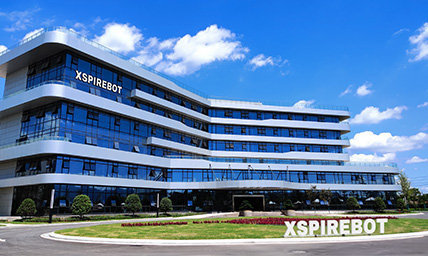
Henan Xspirebot
Xspirebot specializes in the design, production, and servicing of robot platform solutions.
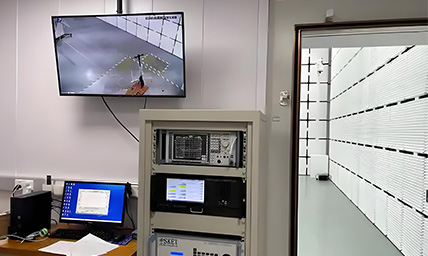
Quality Control
A comprehensive quality control system that manages everything from raw materials to finished products.

Service & After sales
24-hour after-sales service. Please do not hesitate to contact us if you have any questions.

Download
XspireBot provide downloads of product catalogs, product solutions, and user manuals.

Key Member
Ten years of mass production experience and 32 patents in motion control.
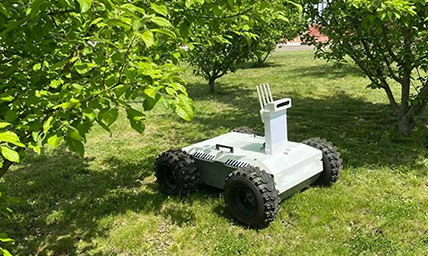
Agricultural Industry
Agricultural robot chassis assists you in field operations such as sowing, spraying, and harvesting.
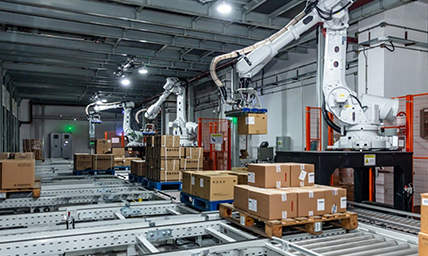
Manufacturing Industry
Industrial robot chassis assist you with tasks such as material handling, assembly, and quality inspection.
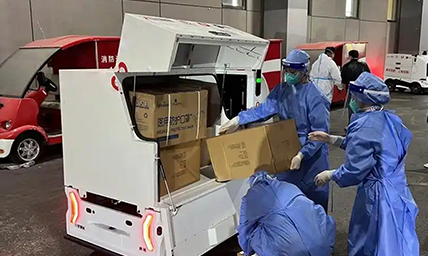
Transportation Industry
Autonomous transport robots that can deliver goods around the clock in urban and industrial environments.
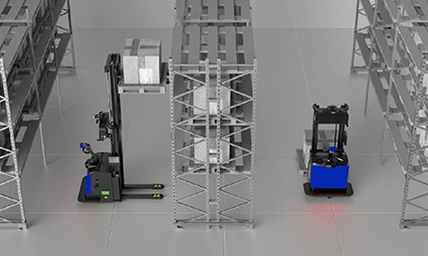
Warehousing Industry
Unmanned transport robots enable full autonomy in cargo stacking & transfer within IoT logistics.
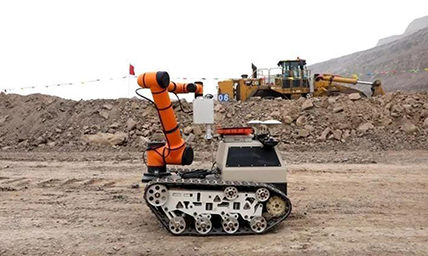
Inspection Industry
Autonomous 24/7 patrols at power facilities, industrial sites, data centers, and other locations.
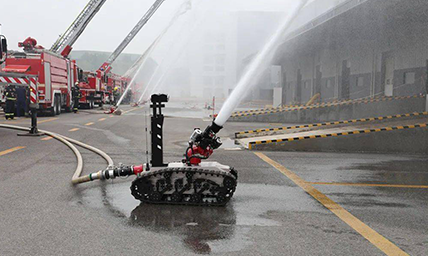
Firefighting Industry
Autonomous fire detection & suppression in high-risk environments: high-rises, chemical plants, and data centers.
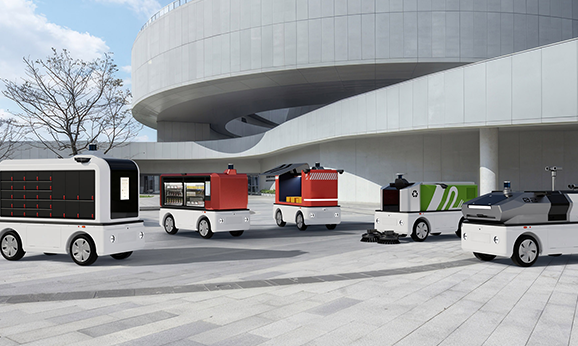
Robot Chassis
Xspirebot offers chassis for indoor and outdoor mobile robots suitable for different terrains.
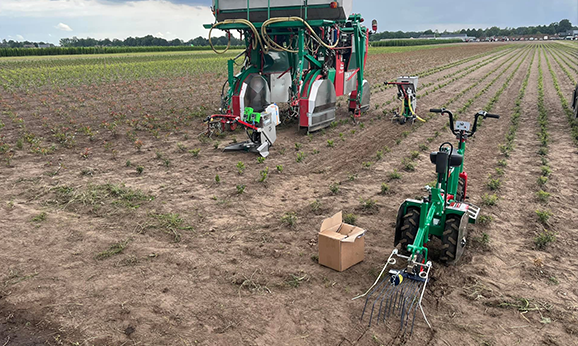
Motors
Drive motor designed for mobile robot chassis, applied to mobile robot platform & agricultural robot chassis.
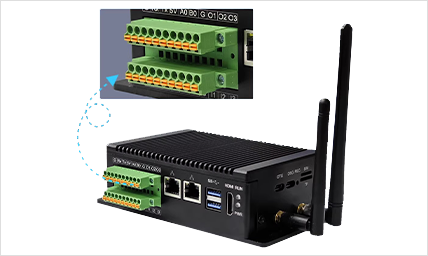
Controller/Drive
The controller can control the robot chassis's movement, positioning, obstacle avoidance, path planning, and other motion functions.
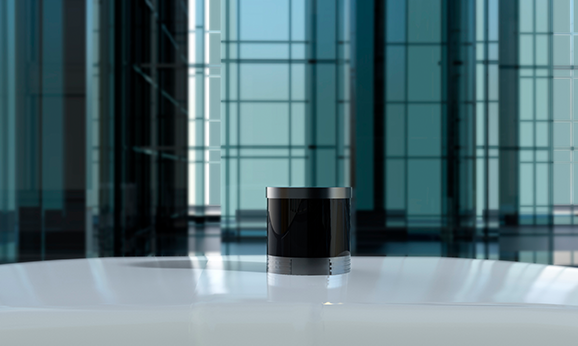
Sensor
Xspirebot offers advanced sensors for autonomous robot platforms: cameras, ultrasonic radar, LiDAR, IMU, & IINS.

Electric Motor Axle
Xspirebot adapts electric transaxle load, power output, & layout to meet customer needs.
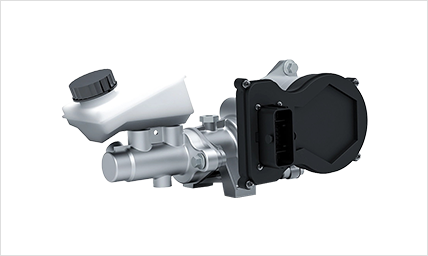
Wired Components
Line control braking & steering enhance vehicle control efficiency & precision via electronic signals.

Energy
Solar panels & batteries offer flexible solutions, letting you choose components to suit your needs.
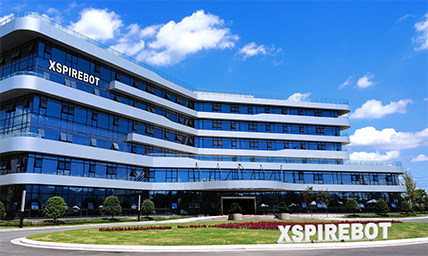
Company News
Xspirebot is committed to helping our customers reduce development costs, shorten the R&D cycle, and accelerate the mass production process through platformized and modularized architectural design and standardized production processes.
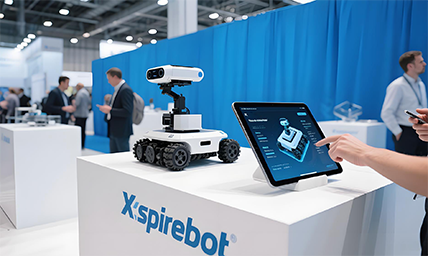
Exhibition News
Xspirebot is committed to helping our customers reduce development costs, shorten the R&D cycle, and accelerate the mass production process through platformized and modularized architectural design and standardized production processes.
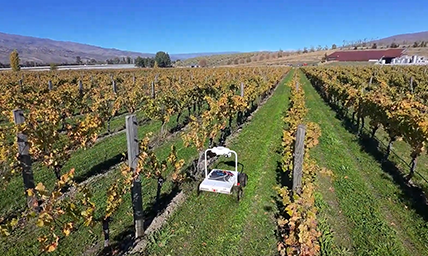
Industry News
Xspirebot is committed to helping our customers reduce development costs, shorten the R&D cycle, and accelerate the mass production process through platformized and modularized architectural design and standardized production processes.
Battery
The battery is the primary power source for the robot chassis, providing the electrical energy required for the vehicle and supporting the operation of the electric drive system to ensure that the vehicle can accelerate and travel. As the core power source for the robot chassis, the high-energy-density battery pack (supporting lithium-ion/solid-state battery solutions) not only provides peak power output for the hub motors/steering motors/drive axles but also supplies power to the entire vehicle's electronic systems through an intelligent power distribution network. The system adopts a dual-redundant power supply architecture, capable of simultaneously driving four independent motors (maximum torque of 350 Nm per wheel) while maintaining stable operation of over 20 sensors, such as the ECU and lidar, ensuring millisecond-level response capability in Level 4 autonomous driving scenarios.
The Role of Batteries in Online-Controlled Chassis
As the core structure of a robot, the chassis supports components such as motors, sensors, and control systems. Its battery requirements directly impact overall performance.
Power Source: The battery provides power to the vehicle, supporting the electric drive system and ensuring efficient operation of the line-controlled chassis.
Control System Power Supply: The battery supplies power to various electronic control units (ECUs), sensors, cameras, and communication devices in the line-controlled chassis, ensuring real-time system response and data processing.
Range: High-energy-density battery design directly impacts the vehicle's range. Battery performance determines the distance the vehicle can travel on a single charge, affecting user experience and practical applications.
Weight Reduction: Using high-energy-density batteries (such as lithium-ion batteries) can reduce the overall vehicle weight, enhancing range and performance.
Smart Management: Integrating an intelligent battery management system (BMS) enables real-time monitoring of battery status, optimizing energy distribution to enhance safety and efficiency.
Core Requirements for Lithium Batteries in Robot Chassis
1. Strong endurance and longer working time
High Energy Density: Small battery size but large storage capacity (for example, lithium batteries can store twice as much electricity as lead-acid batteries of the same weight).
Long Cycle Life: Multiple charge and discharge cycles (for example, lithium iron phosphate batteries can be used for more than 5 years, while ordinary batteries may need to be replaced after 1-2 years).
Example Scenario: Warehouse AGVs (automated guided vehicles) use high-energy-density batteries, enabling continuous cargo handling for over 8 hours on a single charge.
2. Extreme Environment Usage
High/Low Temperature Resistance: Normal power supply in environments ranging from -30°C to 60°C (e.g., polar research robots or high-temperature workshop inspection equipment).
Explosion-proof Design: Meets IP67 protection rating (waterproof and dustproof) and features thermal runaway management (automatic power cutoff in case of overheating).
Example Scenario: Outdoor inspection robots operating in heavy rain, with battery waterproofing ensuring uninterrupted power supply.
3. Lightweight design for enhanced flexibility
Lightweight: Lithium-ion batteries are 60% lighter than lead-acid batteries for the same capacity (e.g., robot chassis batteries account for only 12% of total weight).
Compact Size: Compatible with compact chassis spaces (e.g., robot chassis internal space utilization rate >90%).
4. Intelligent management, extending service life
BMS System: Automatically balances battery capacity (preventing premature damage to individual cells) and supports remote monitoring via a mobile app.
High Compatibility: Compatible with robot control systems (e.g., CAN bus communication) and quickly integrates with devices from different brands.
Example Scenario: Agricultural robots use the BMS warning function to automatically return to the charging station when battery capacity is low.
5. Customization
CustomizationBatteries support customization, with cell materials available in lithium iron phosphate (LFP) and ternary lithium (NCM). Output voltages include DC 24V/36V/48V, among others. Both battery capacity and dimensions can be customized to meet diverse requirements.
Frequently Asked Questions
Q: How long does the battery last? Does it need to be replaced frequently?
A: Industrial-grade lithium batteries typically last 5-10 years (over 2,000 charge cycles), far exceeding traditional lead-acid batteries (approximately 500 cycles).
Q: Will the battery stop working in low-temperature environments?
A: Our batteries support low-temperature startup at -30°C, enabling unmanned vehicles to operate normally even in extremely cold regions.
Q: Can the robot chassis continue to operate while charging?
A: Charging while in use is supported, but to protect battery life, we recommend charging during idle periods.
Product Classification
Accelerating the Robot Dream
Empowering robot innovation, providing full-cycle development services, reducing costs, and accelerating the commercialization process.
Contact Us +